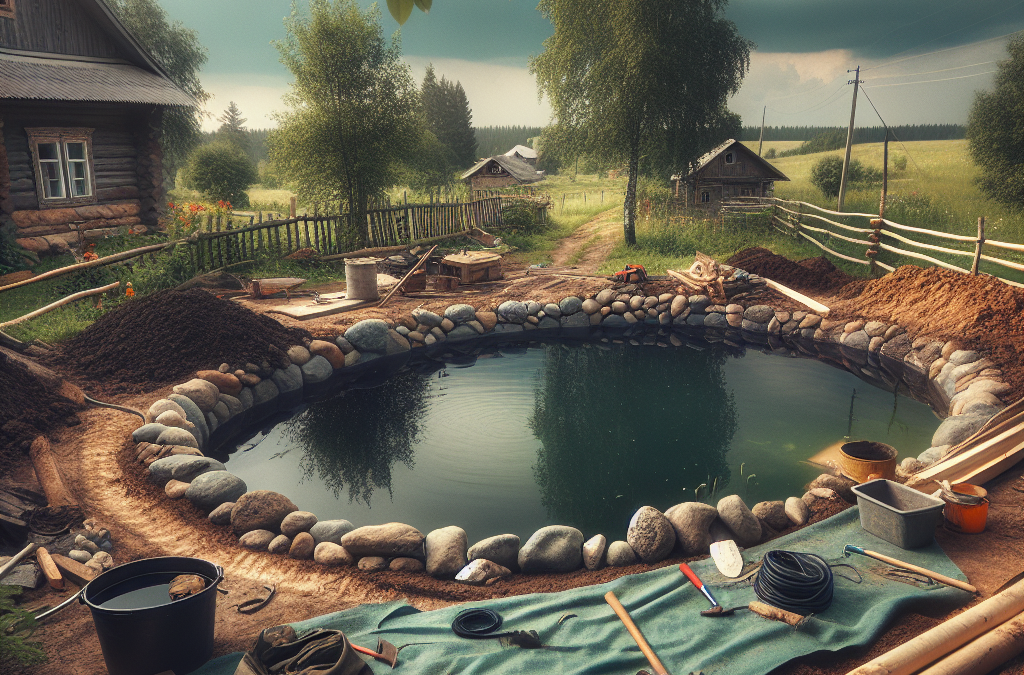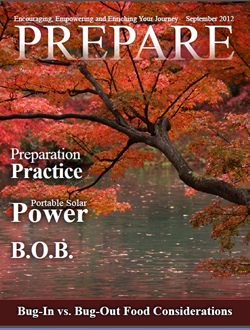Planning Your Natural Swimming Pond
Choosing the Right Location
When I first embarked on the journey to build my natural swimming pond, the location was key. You want a spot that gets ample sunlight for at least part of the day but also some shade to keep things cool. I found that areas with existing trees can provide that perfect balance. Plus, those trees are excellent for keeping the water from overheating.
Consider the surrounding environment too. If you have grassy areas or wildflowers nearby, they will not only enhance the beauty of your pond but also attract beneficial wildlife. I opted for a location that would offer a serene view from my porch. It’s all about finding that sweet spot!
Proximity to water sources and drainage is something not to overlook. You don’t want your pond to become a mud pit after a heavy rain, right? I took extra care to ensure there was a natural slope so that excess water could drain away smoothly. Just a little foresight can save you a lot of headaches down the line.
Designing the Pond Layout
Establishing Your Goals
What do you want from your pond? This is the question I asked myself at the start. Do you want a place to swim, to relax, or to encourage wildlife? I decided I wanted a multipurpose area – somewhere to cool off in the summer and to enjoy while lounging with friends and family.
Sketching out the layout on paper helped a ton. I created zones: a swimming area, shallow edges for kids to play in, and areas for aquatic plants. This mixed use of the space would ensure that it didn’t become a stagnant pool. Planning really sets the tone for the whole project!
Think about depth as well. I went for varying depths to create interest and support diverse ecosystems. A deep end for swimming and a shallow area for plants can really keep things lively. Plus, varieties in depth are great for fish and other critters too!
Preparing the Site
Excavation and Shaping
Preparing the site was way more labor-intensive than I initially thought. First, I marked out my design using stakes and string, which made the excavation process easier. Then, armed with a shovel and a trusty friend, I dove into the hard work of digging. Who knew I could work up such a sweat just digging dirt!
Once the base was dug out, I made sure to shape the sides gently. Steep walls can create issues with erosion and make it harder for wildlife to access the water. So, I opted for a gentle slope, which made the pond feel more natural and inviting.
Nearly finished with excavation, I took one last look to ensure that everything was as per my plan. Patience was key; a little tweak here and there made all the difference in creating a stunning, functional pond that I’d be proud to show off.
Adding Natural Elements
Choosing the Right Plants and Features
This is where the magic happens! I absolutely loved picking out the right plants. I went for a mix of native aquatic plants because they not only look beautiful but also provide shelter and breeding grounds for wildlife. Water lilies and cattails were at the top of my list, giving it that classic water garden vibe.
In addition to plants, I decided to add some natural stones around the edges. They not only looked great but also helped prevent erosion. Plus, it provided habitats for frogs and other critters. I can’t tell you how rewarding it is to see nature thrive around the pond I built!
Consider adding features like small waterfalls or streams. I incorporated a tiny waterfall that runs into the pond, giving a lovely sound and ensuring the water stays fresh. It really transformed the space into a peaceful retreat where I love to escape after a long day.
Maintaining Your Natural Swimming Pond
Regular Care and Upkeep
Now that the pond is up and running, it’s important to keep up with maintenance. I usually set aside some time each week to skim leaves and debris off the surface. Trust me, it’s a lot easier to do this regularly than to let it pile up. Besides, it helps keep the water clear and inviting!
Seasonal checks are also crucial. In the fall, I make sure to remove dying plants and keep the area tidy. And in spring, I check on the new growth. Sometimes I have to thin out certain plants to keep things balanced. Maintaining this balance can make all the difference in keeping your pond healthy.
Lastly, be on the lookout for any changes in water quality. If you notice algae blooms or murkiness, it might mean you need to adjust your plants or aeration. Monitoring this aspect is essential for a thriving ecosystem. It’s all about keeping things in check so that you can enjoy your pond for years to come!
FAQ
What is a natural swimming pond?
A natural swimming pond is an eco-friendly swimming option designed to integrate with the ecosystem. Instead of using chemicals to keep the water clean, it uses biological filters and plants to maintain water quality and clarity.
How deep should my pond be?
The depth you choose largely depends on your aim for the pond. Generally, having a shallow area for plants (about 1-3 feet) and a deeper section (4-8 feet) for swimming is ideal to keep the water temperature stable and provide habitats for various aquatic life.
Do I need a filtration system for my swimming pond?
While the beauty of a natural swimming pond lies in its self-sustaining ecosystem, having some aeration and filtration can enhance water quality. A simple biological filter combined with proper plant life is often sufficient for keeping the pond clean.
Can I swim in my natural swimming pond?
Absolutely! That’s the beauty of it! As long as you maintain the water quality and balance in your pond, swimming becomes not only possible but a refreshing experience surrounded by nature.
How do I keep pests away from my pond?
To keep pests like mosquitoes at bay, encourage natural predators like dragonflies and frogs by adding plants and creating habitats. Regularly skimming the pond and ensuring there are no stagnant areas will help too. A healthy ecosystem works wonders!





